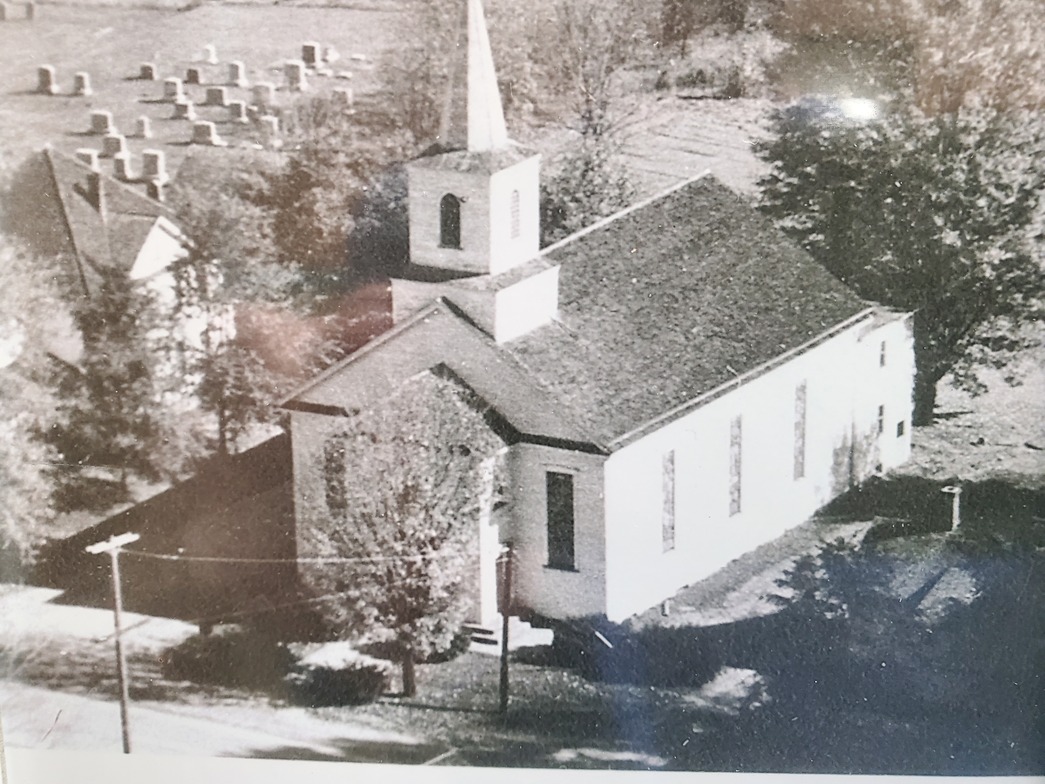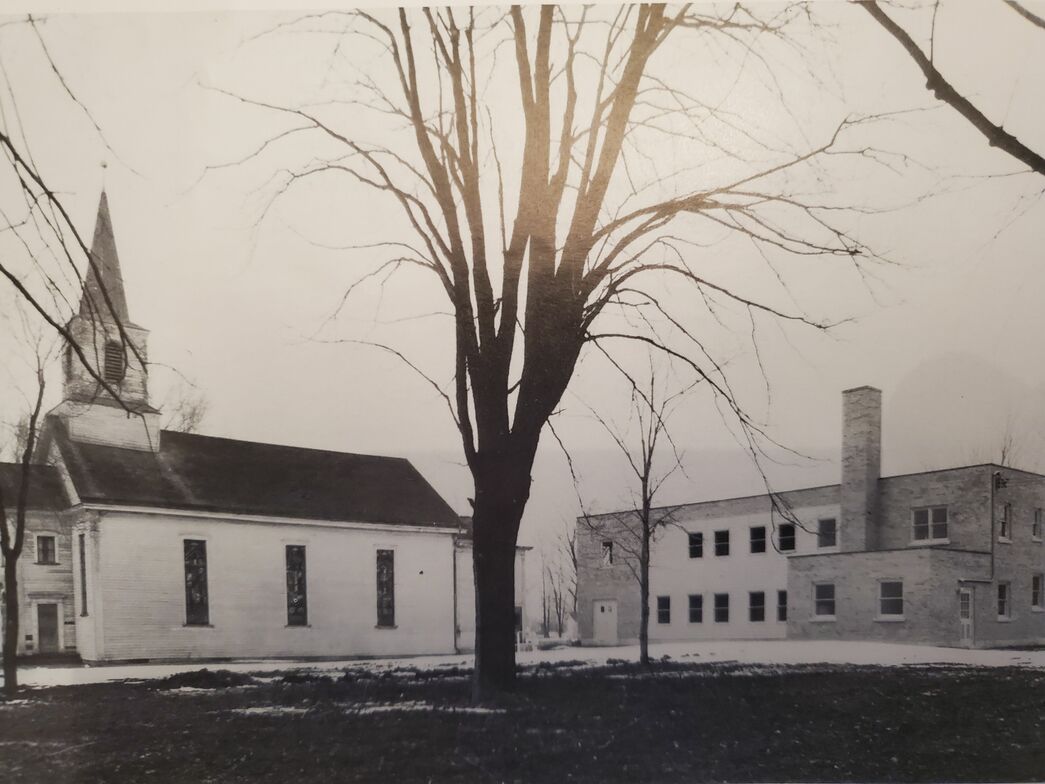Prussian Origins and the Journey to America
In the early 1800s, Lutherans in Prussia faced growing pressure from the state to conform to a newly created “Union” church that merged Lutheran and Reformed practices. Many resisted this mandate, determined to remain faithful to the historic Lutheran Confessions. King Frederick William III, who had ordered the union, continued to enforce the decree until his death in 1840, and those who refused were fined, imprisoned, or forbidden to gather.
When the persecution became too severe, many families made the difficult choice to leave their homeland. Beginning in 1839, groups of Prussian Lutherans emigrated to America, some passing through Potsdam on their way to Hamburg and then across the Atlantic. Among them were those who settled near Buffalo, New York, influenced by Rev. J. Andreas Grabau, a pastor and theologian who had himself been imprisoned for his faith. Grabau organized The Synod of the Lutherans Emigrated from Prussia in 1845, which became known as the Buffalo Synod or Grabau Synod.
Formation of the Wolcottsville Congregation
A number of these immigrant families eventually moved eastward from Buffalo and settled in rural Niagara County, near what is now Wolcottsville. There they formed a small community of faith. For many years they were served by Rev. Edo Leemhuis, a Buffalo Synod pastor who ministered to scattered Lutheran families throughout the region.
Historical records indicate that by 1857, about a dozen families had begun meeting regularly in their homes for worship and Bible study. They desired to remain faithful to Lutheran doctrine but found themselves distanced from the disputes and divisions that had arisen within the Buffalo Synod. When possible, Rev. Dulitz of Buffalo - a Missouri Synod minister - visited them, holding services every three months.
By 1859, this small group had grown enough to formally organize. They united under Rev. Dulitz’s leadership and, on September 29, 1859, officially constituted themselves as St. Michael’s Evangelical Lutheran Church. A log church was built that same year on newly purchased land, giving the congregation its first permanent home.
How did we get our name?
Our traditional symbol is a great sword whose hilt forms a cross, reflecting St. Michael’s role as defender of the faithful. The Feast of St. Michael and All Angels is observed on September 29 (Michaelmas). Since our congregation formally organized on that date in 1859, our founders chose the name St. Michael’s Evangelical Lutheran Church.
Affiliation with the Missouri Synod and Early Pastors
For the next several years, Rev. Dulitz of Buffalo and Rev. H. Hanser of St. Johnsburg served St. Michael’s alternately, conducting worship services and catechism instruction. In 1860, the congregation formally joined the Lutheran Church Missouri Synod, aligning itself with others who shared its confessional stance and scriptural foundation.
The congregation soon realized that it needed a resident pastor. In 1862, the call was accepted by Rev. F. C. Ruhland of Oshkosh, Wisconsin. He had recently left the Buffalo Synod after an excommunication dispute and became the first full-time pastor of the combined Wolcottsville congregation. His ministry was marked by deep faith and personal sacrifice. The years of the American Civil War brought financial hardship and loss, yet the young congregation persevered.
Under Rev. Ruhland’s leadership, construction began on a new Gothic-style wooden church in 1862. During a fierce winter storm early in 1963, the unfinished building collapsed while the congregation was assembled in the nearby log church for worship. The wind, as the account recalls, “was guided and directed by the omnipotent hand of God,” sparing the people’s lives. The congregation immediately rebuilt, and the completed church was dedicated later in 1863 with great joy and thanksgiving. The structure, seventy-five feet long and forty feet wide, featured Gothic arches and a graceful tower nearly eighty feet high.
Rev. Ruhland served St. Michael’s until 1865, guiding the congregation through its formative years. The old log church was later converted into a parsonage and remained in use for about forty years.
Growth, Ministry, and Continuing Heritage
Following the Missouri–Buffalo Colloquy of 1866, in which many of the Buffalo Synod pastors and congregations joined the Missouri Synod, St. Michael’s experienced renewed spiritual strength. Successive pastors helped establish steady worship, outreach, and Christian education. Over the next century, the congregation weathered challenges, including wars, cultural change, and rural population shifts, yet remained steadfast in faith and fellowship.
By the mid-20th century, St. Michael’s had become a cornerstone of the Wolcottsville community. Membership growth in the 1950s led to the construction of a new education building, providing classrooms and fellowship space for Sunday school and parish activities. In 1964, the congregation dedicated a new brick sanctuary and bell tower. This greatly expanded the worship space, combining modern function with traditional beauty. A pipe organ was installed by Humphries Organ Company in 1976 and in 1982, the congregation dedicated a set of stained-glass windows, depicting biblical scenes and symbols that continue to inspire worshippers with their color and light.
In 1995, St. Michael’s expanded its educational mission by opening a Preschool, offering faith-based early learning for local families. Christian education for children and youth continued to be a hallmark of the congregation’s ministry.
In 2012, the church completed a geothermal heating and solar energy project, reflecting a commitment to stewardship of creation and sustainability.
St. Michael’s Today
Today, St. Michael’s Lutheran Church remains a confessional congregation of the Lutheran Church Missouri Synod, continuing to serve Wolcottsville and the surrounding region. The congregation continues to gather every week for worship at 9am, following the Divine Services of the Lutheran Service Book. St. Michael’s PreSchool is celebrating its 30th year of service, and Sunday School continues for children every other week between September and May. Though currently served by substitute pastors while seeking a full-time shepherd, the members remain active and united in faith.
For more than 165 years, the people of St. Michael’s have gathered to hear God’s Word, to sing, to teach, and to serve. From a humble log church to a thriving congregation with strong educational ministries and forward-looking stewardship, the story of St. Michael’s stands as a lasting witness to God’s grace and the faithfulness of His people.




